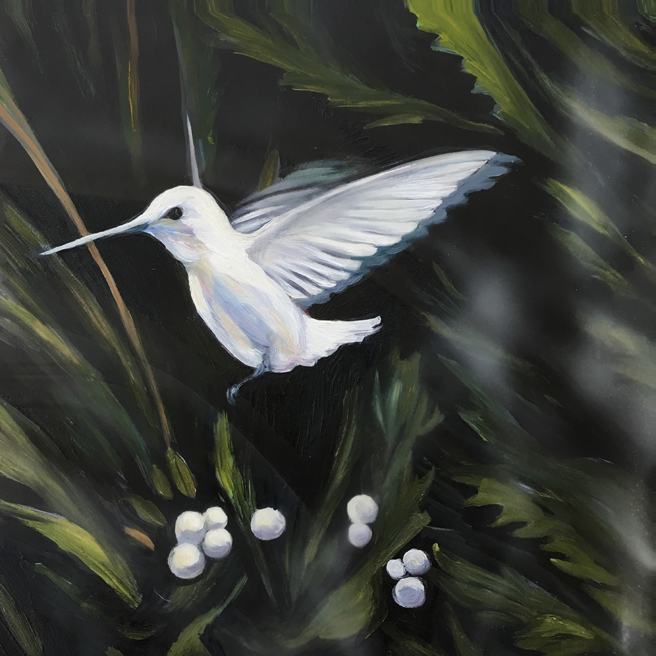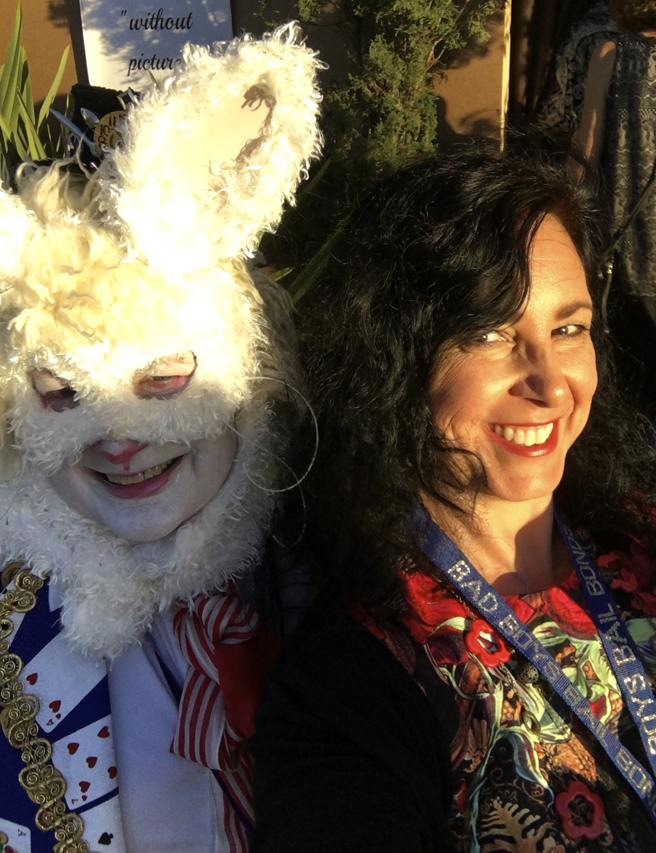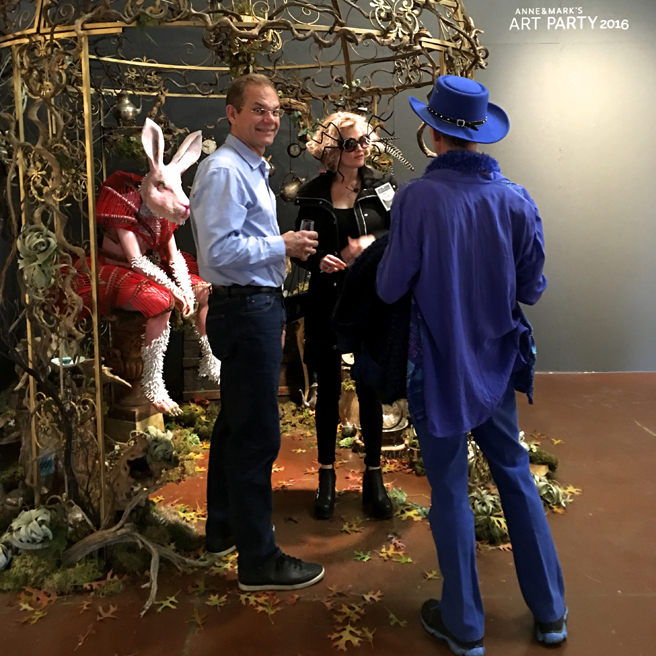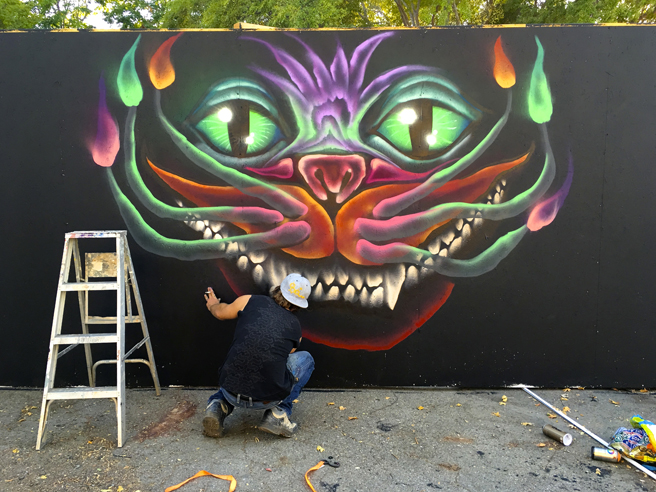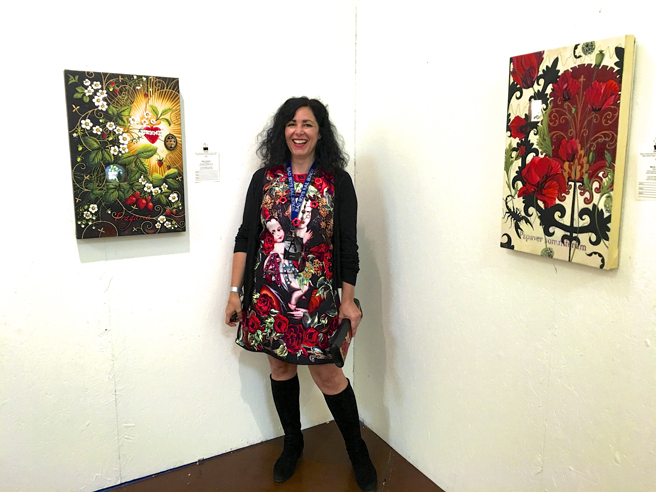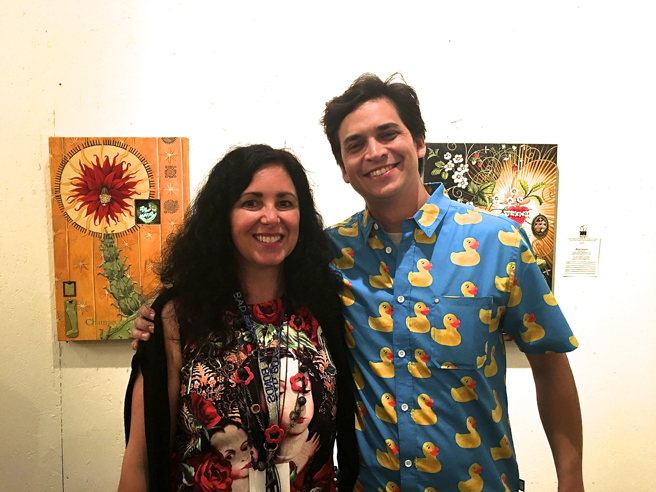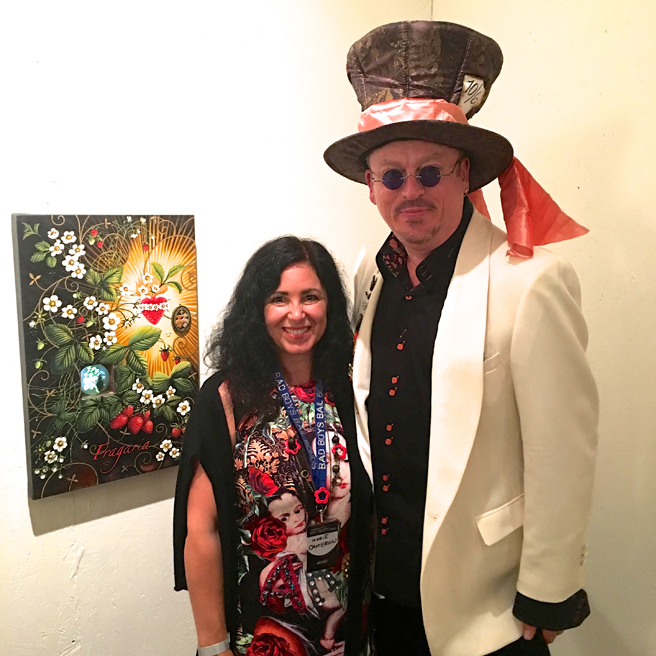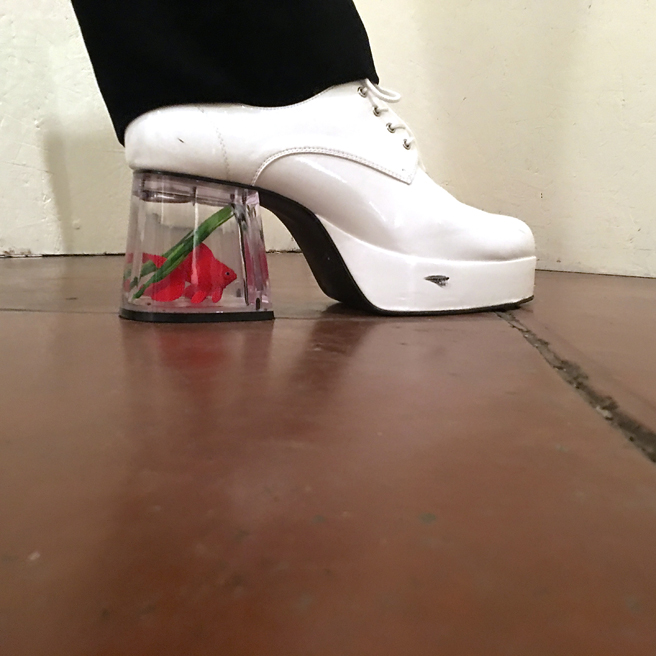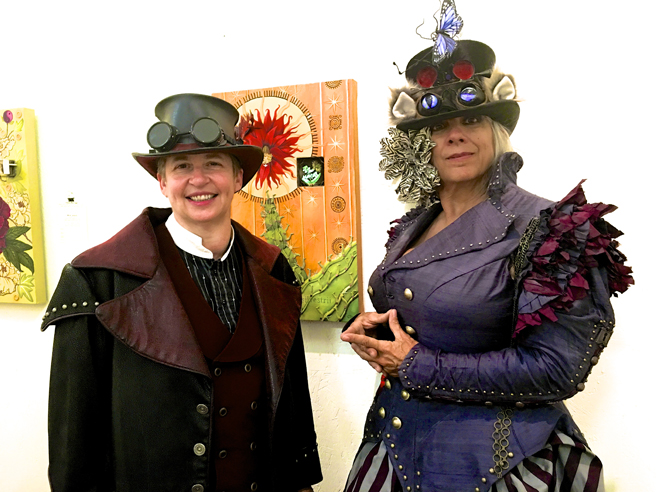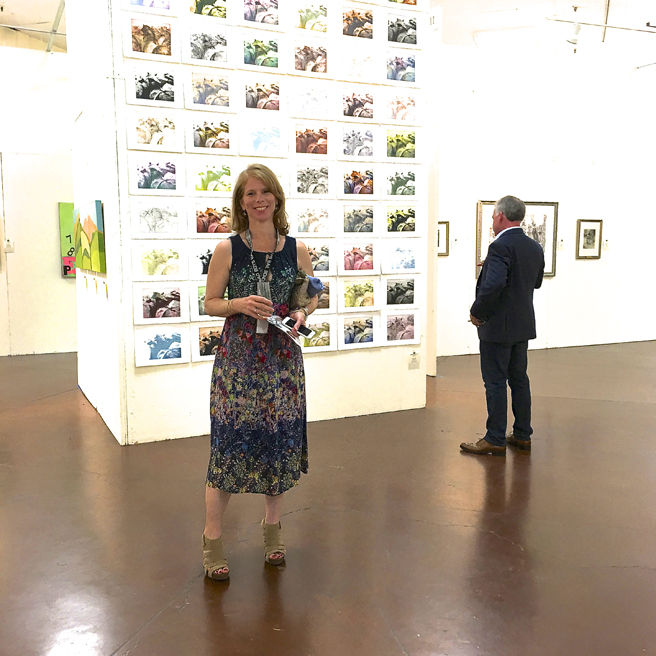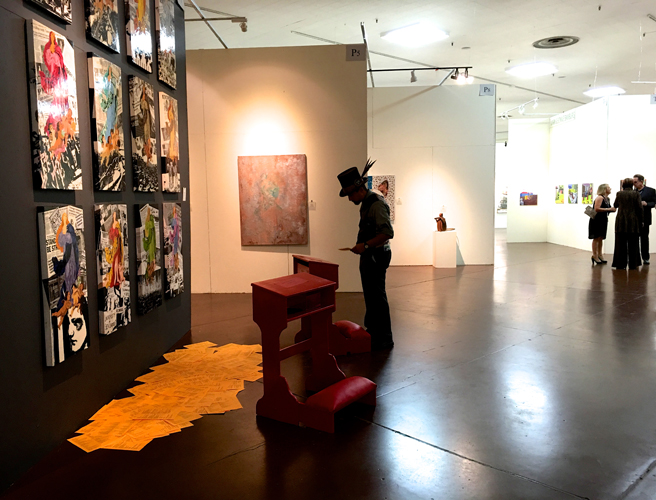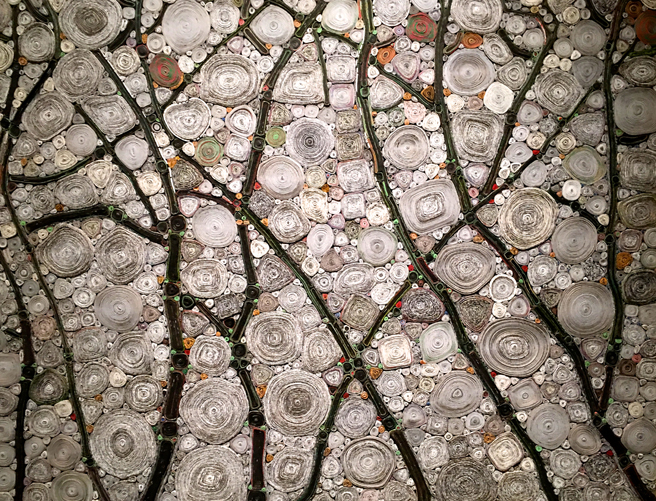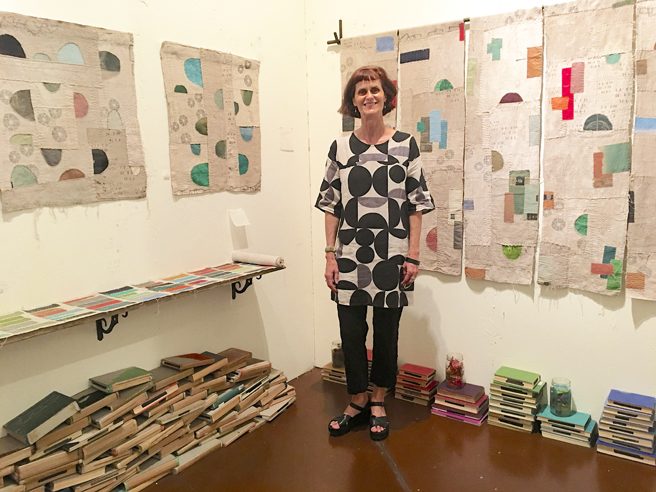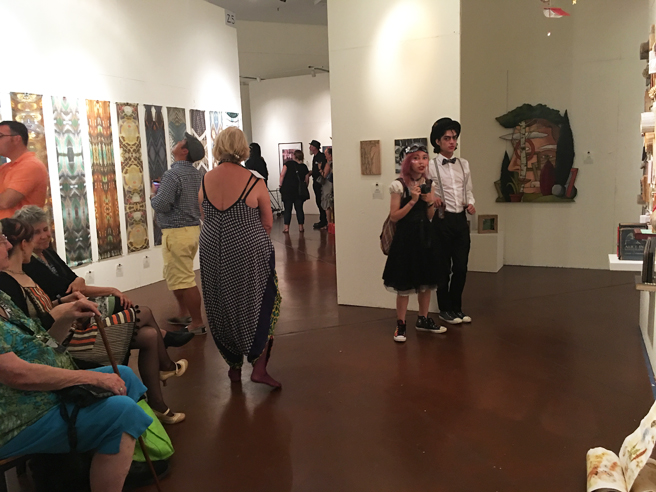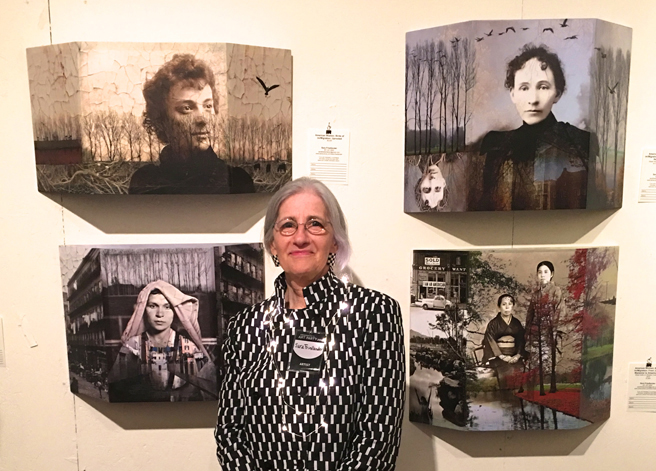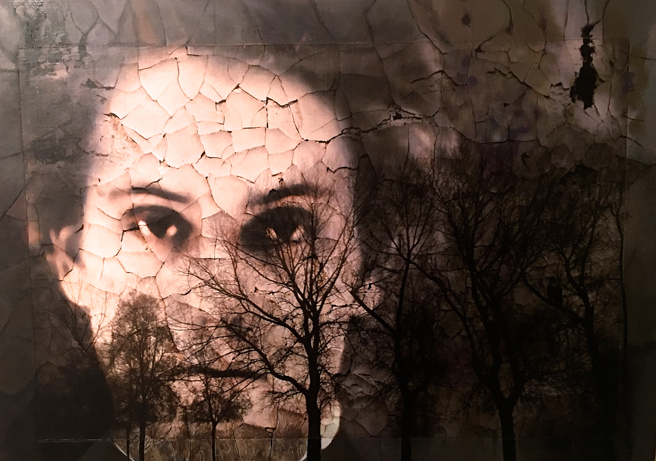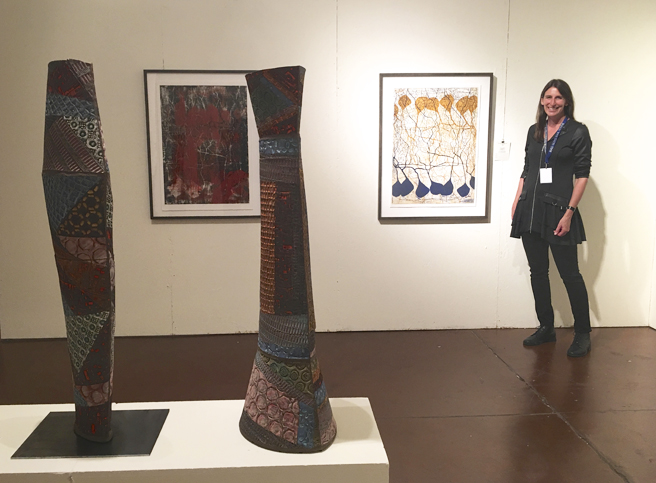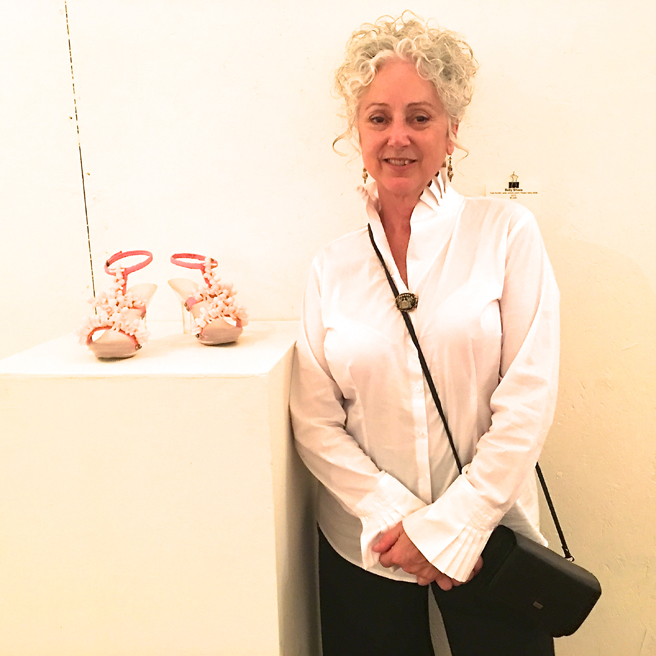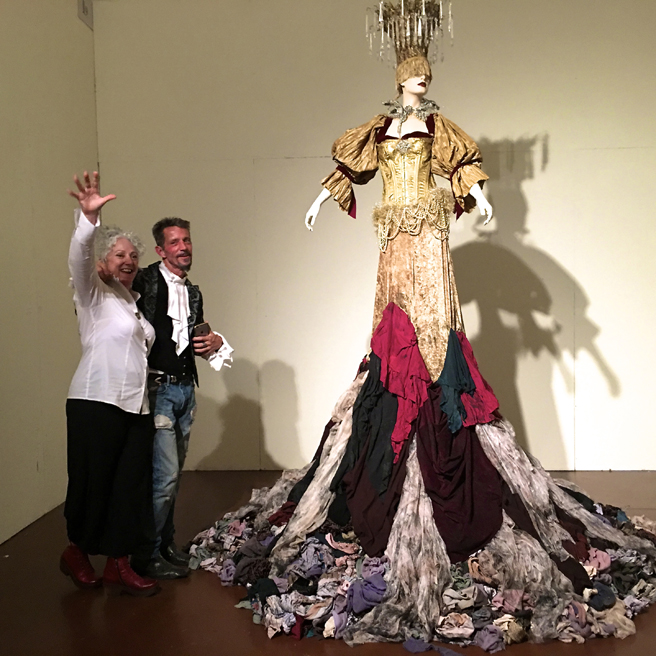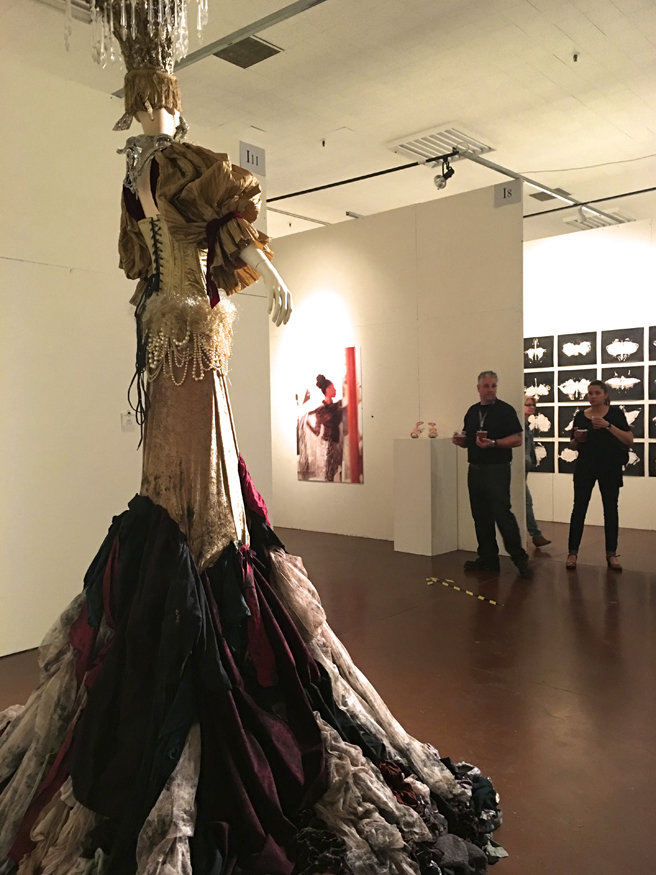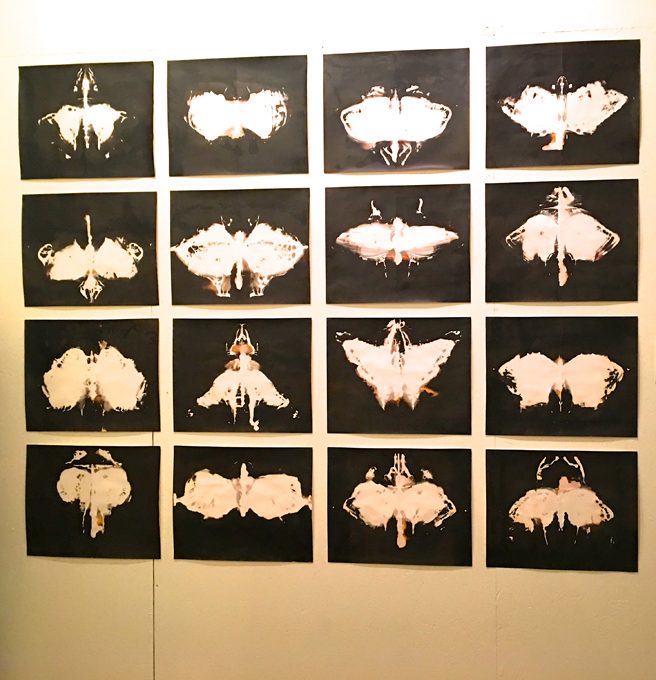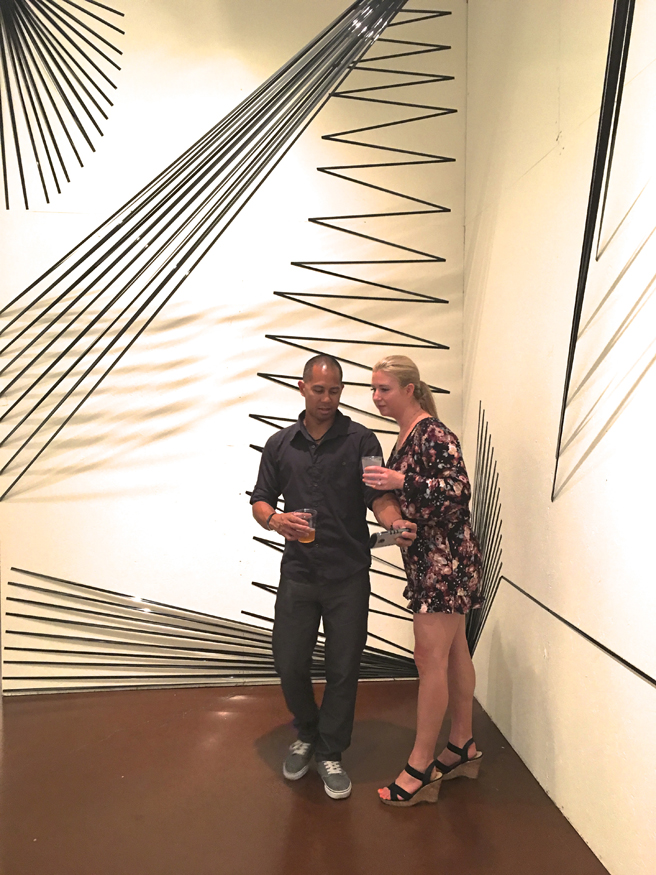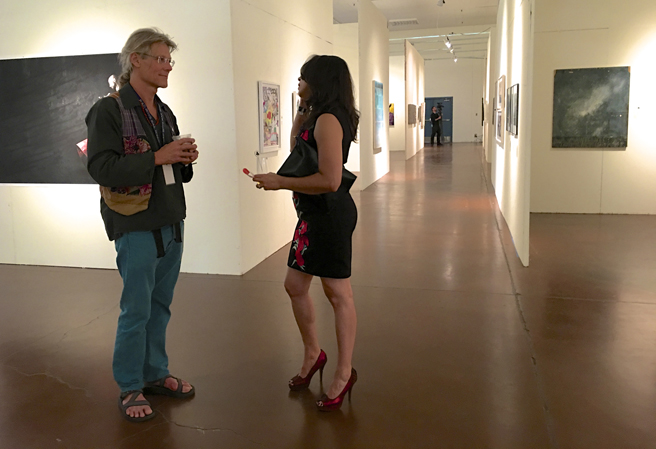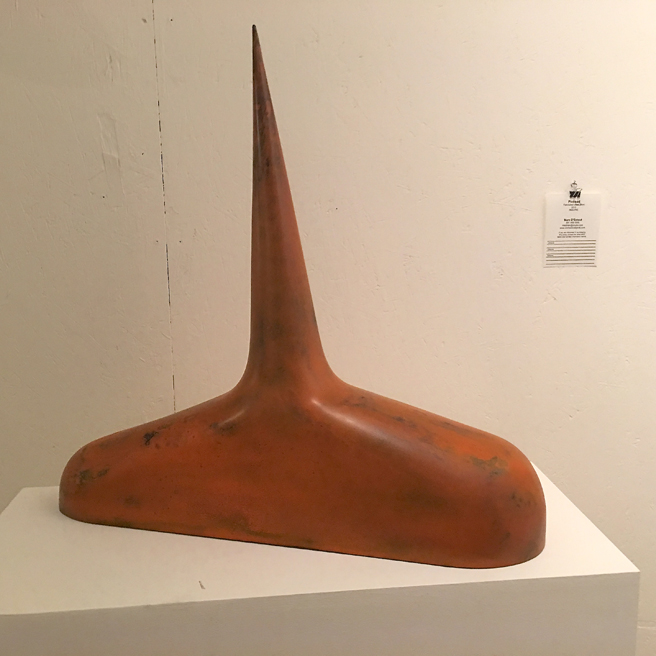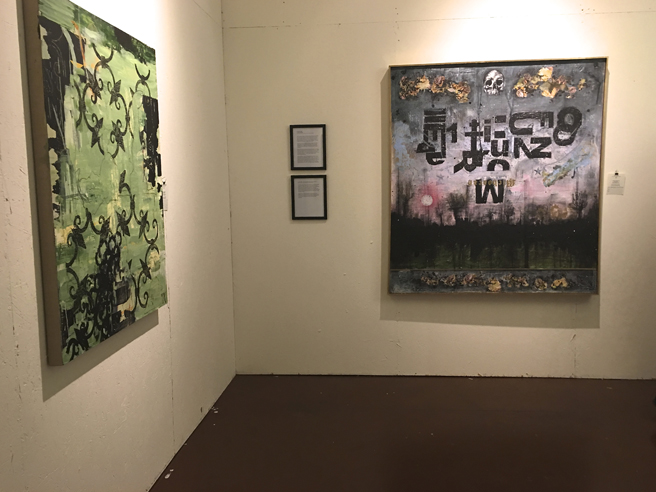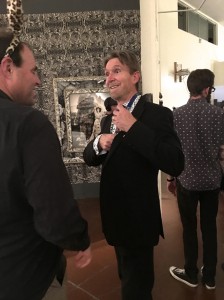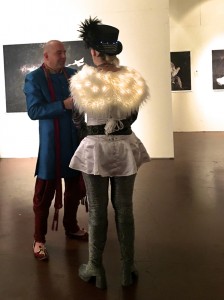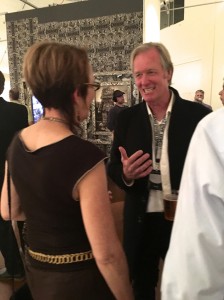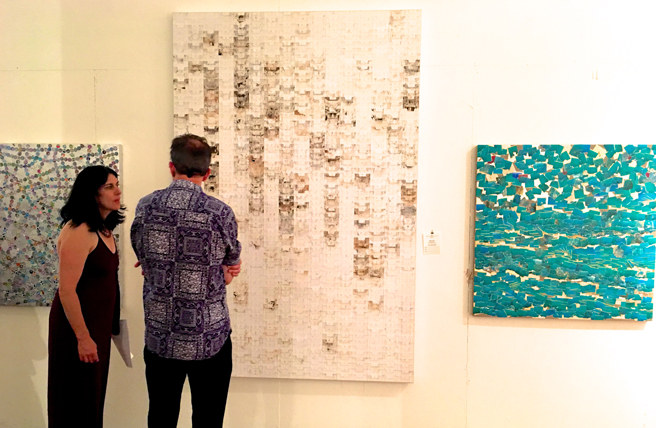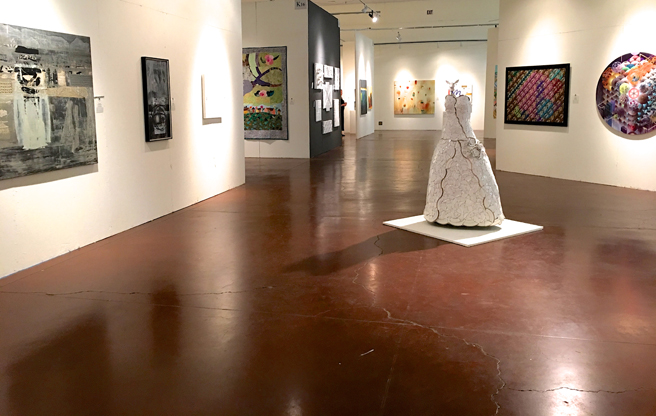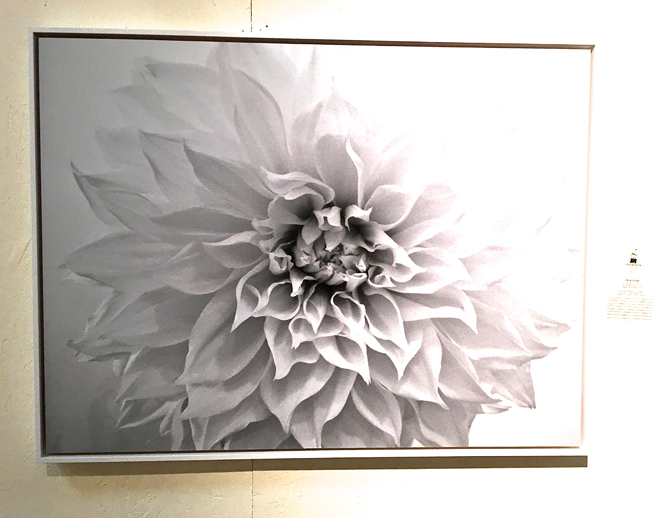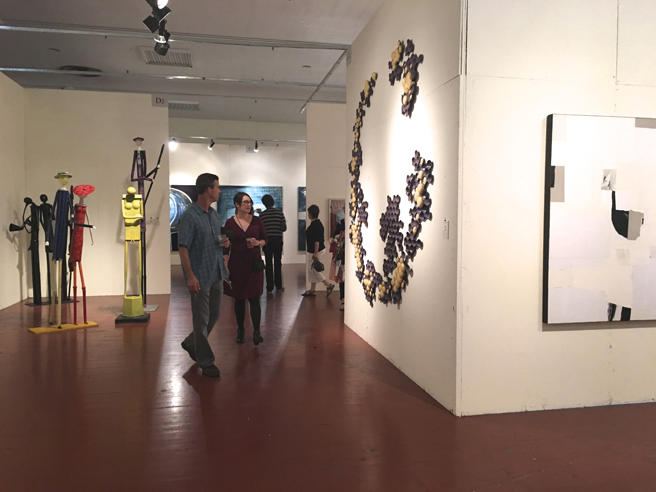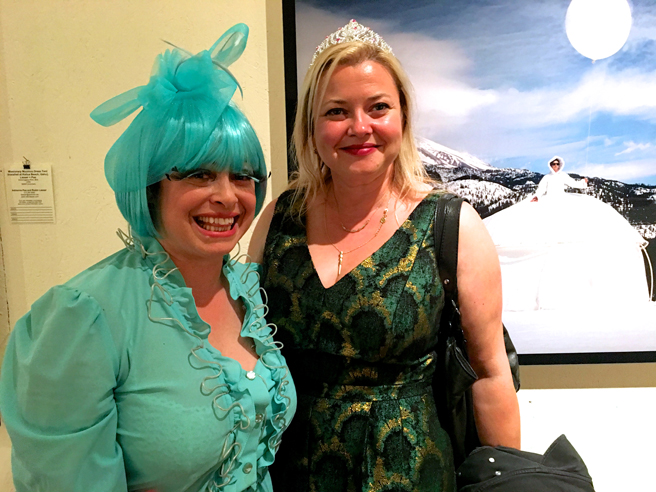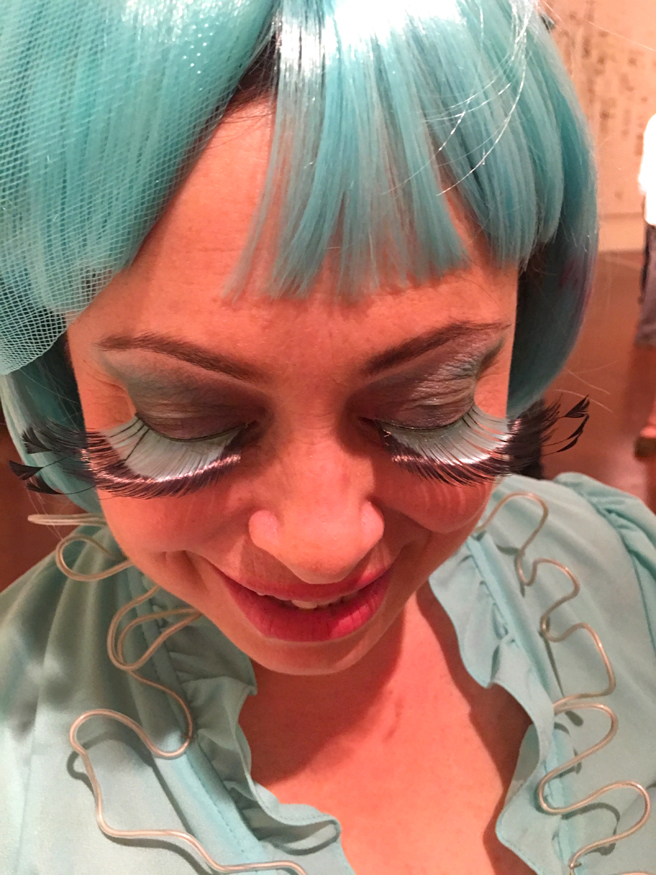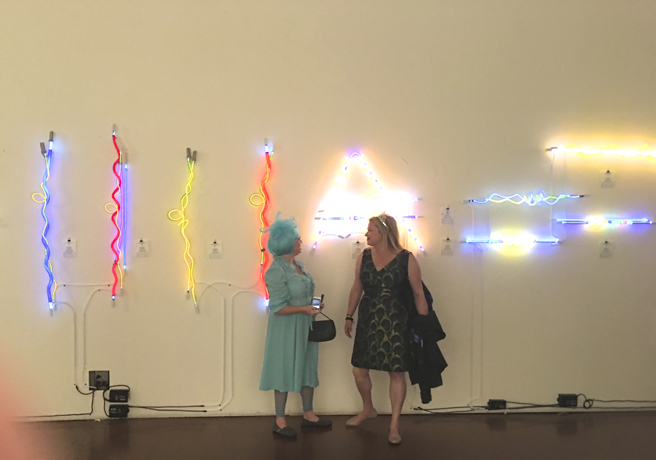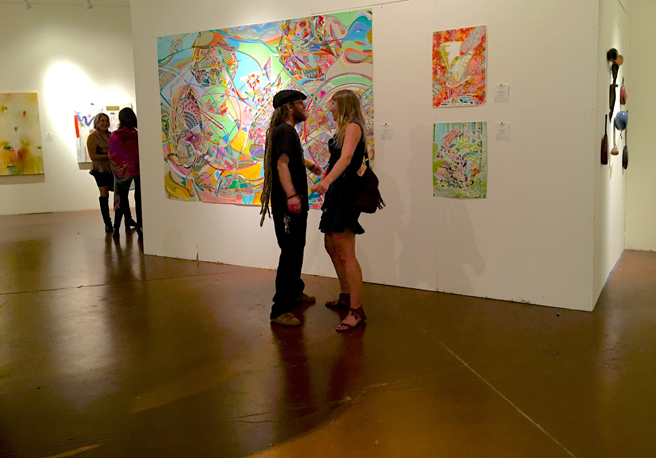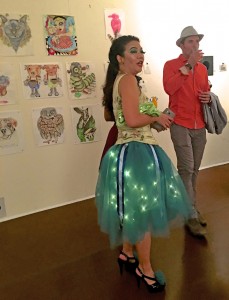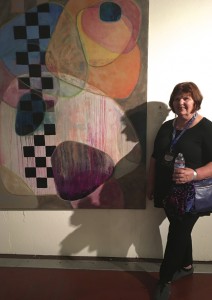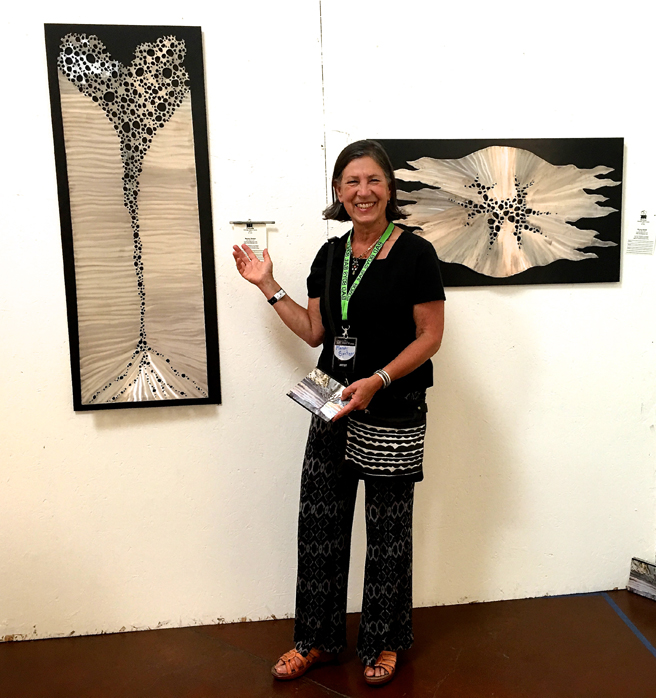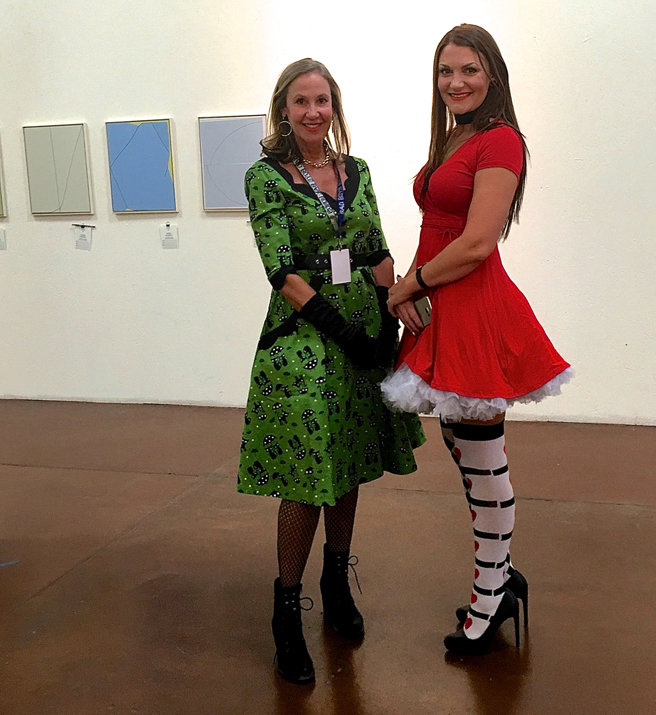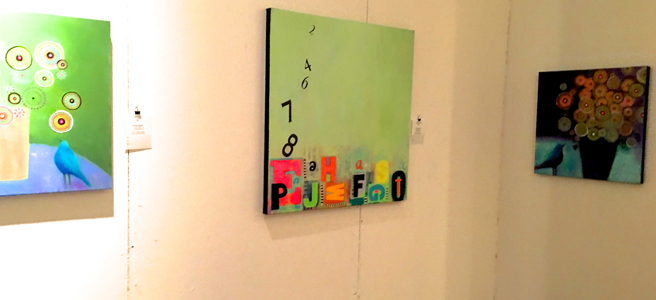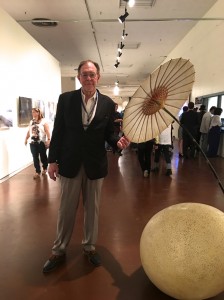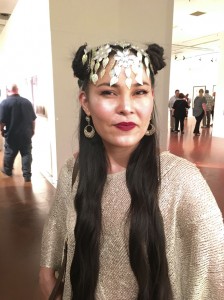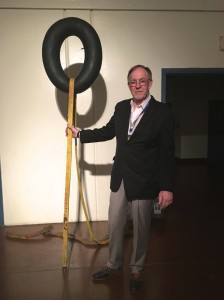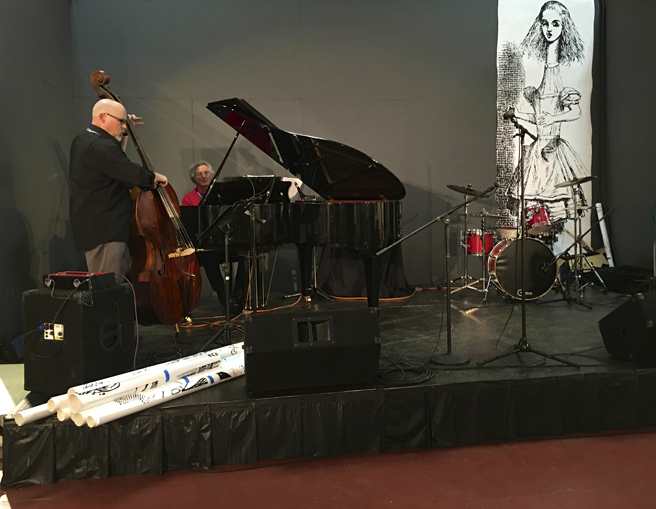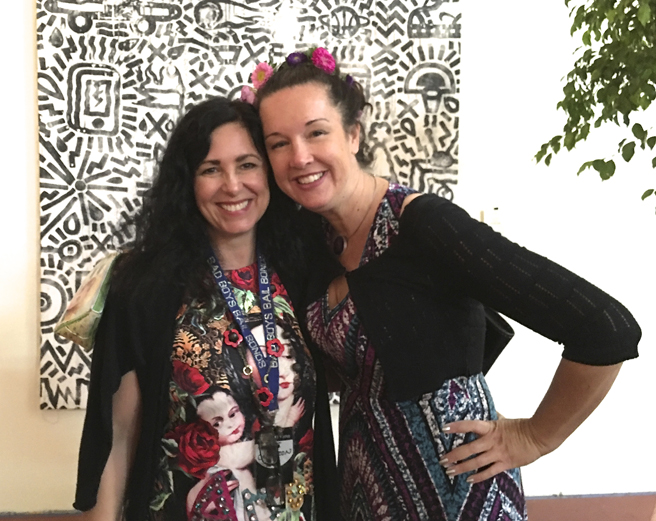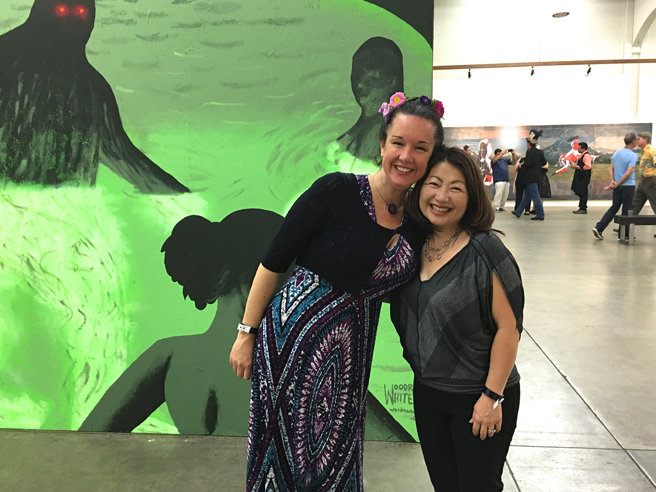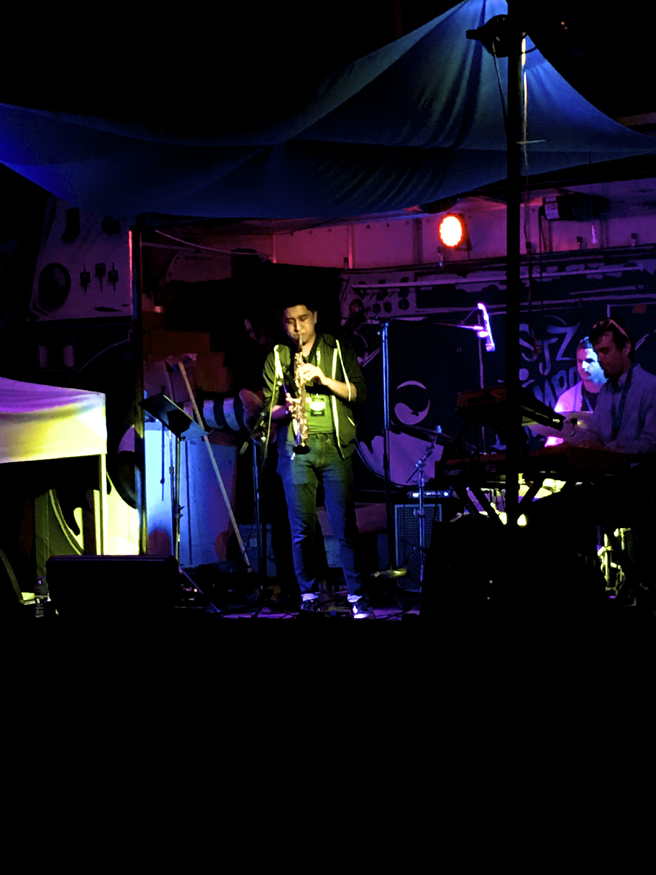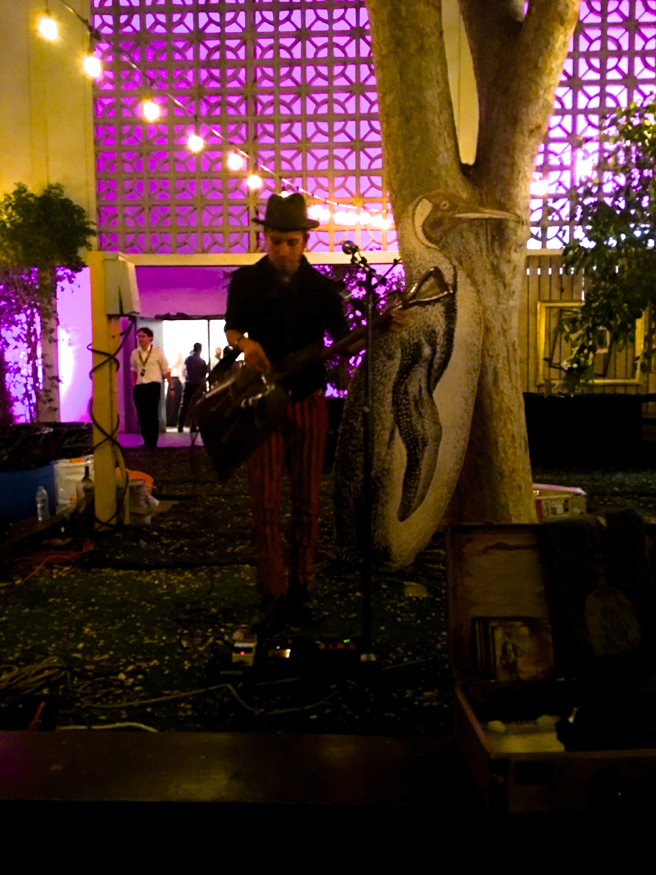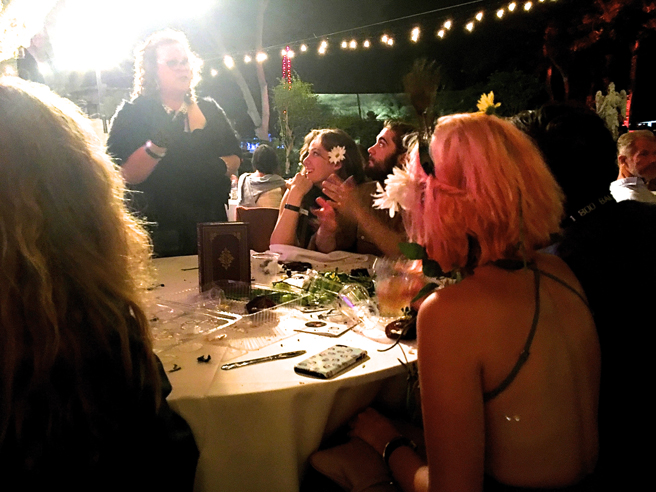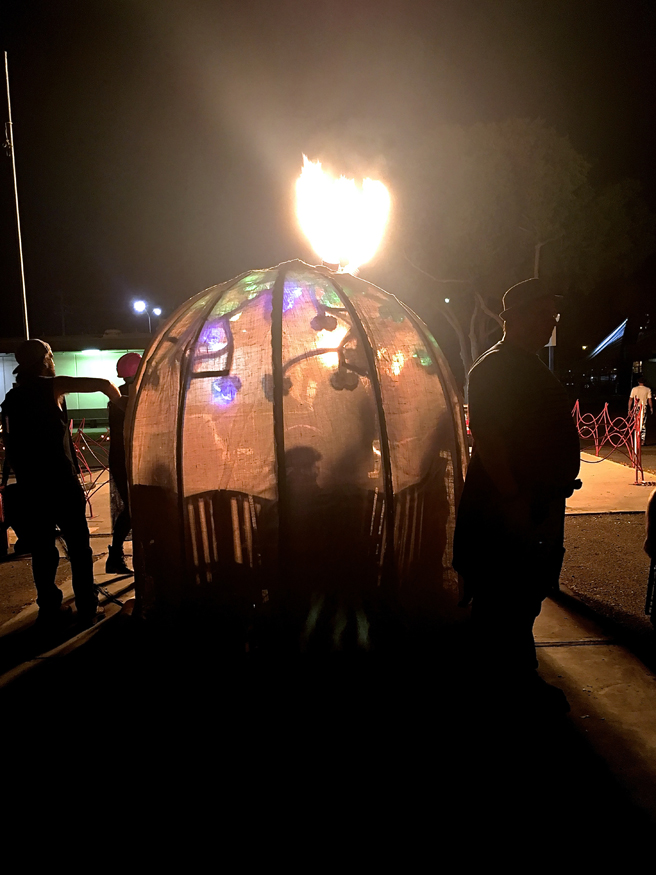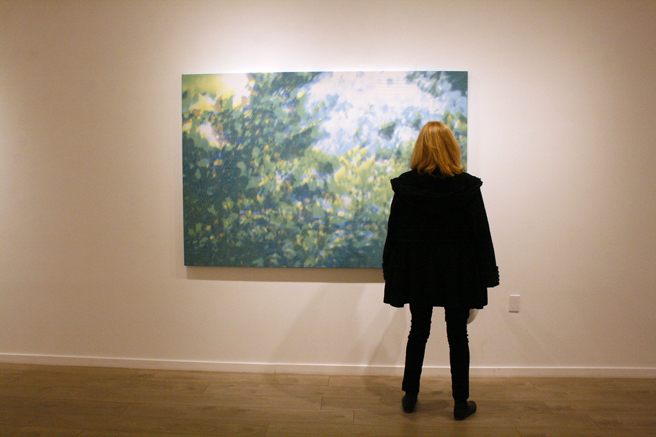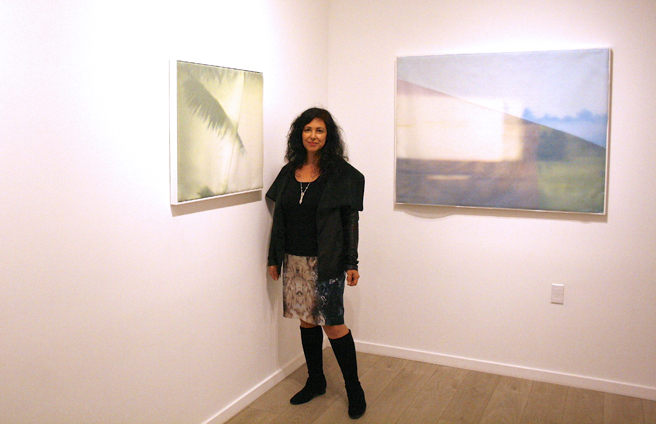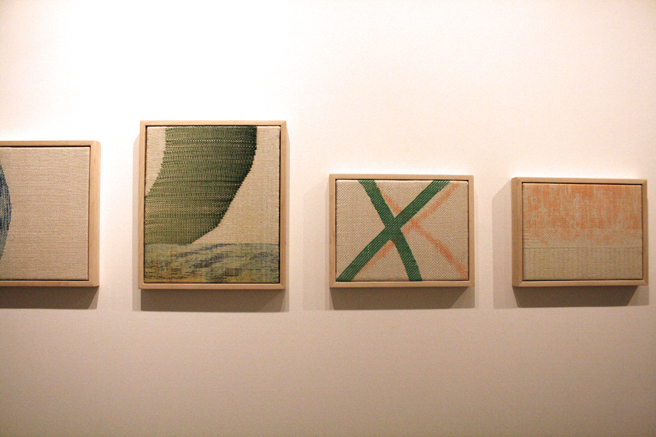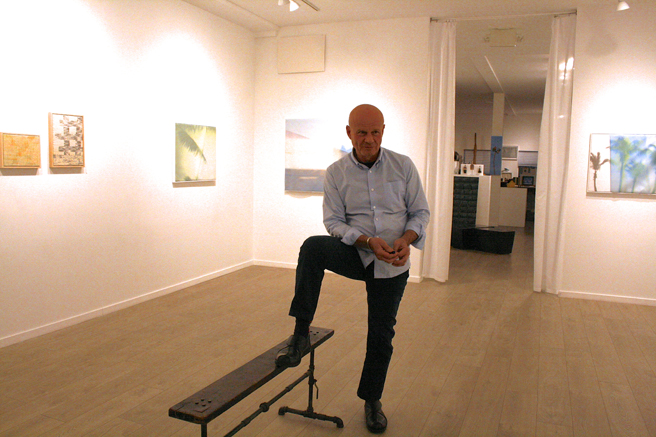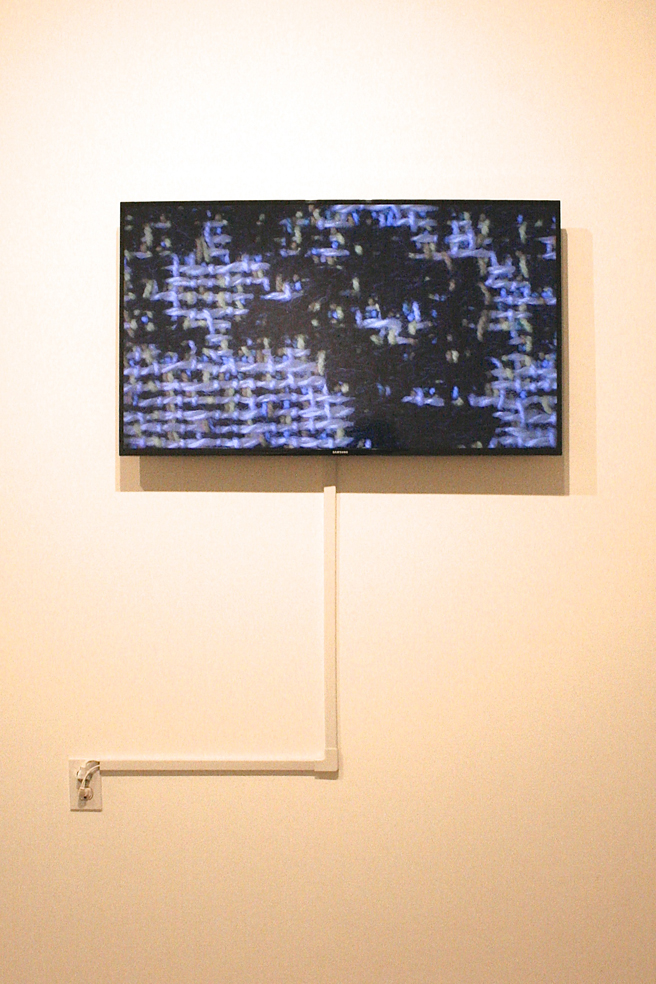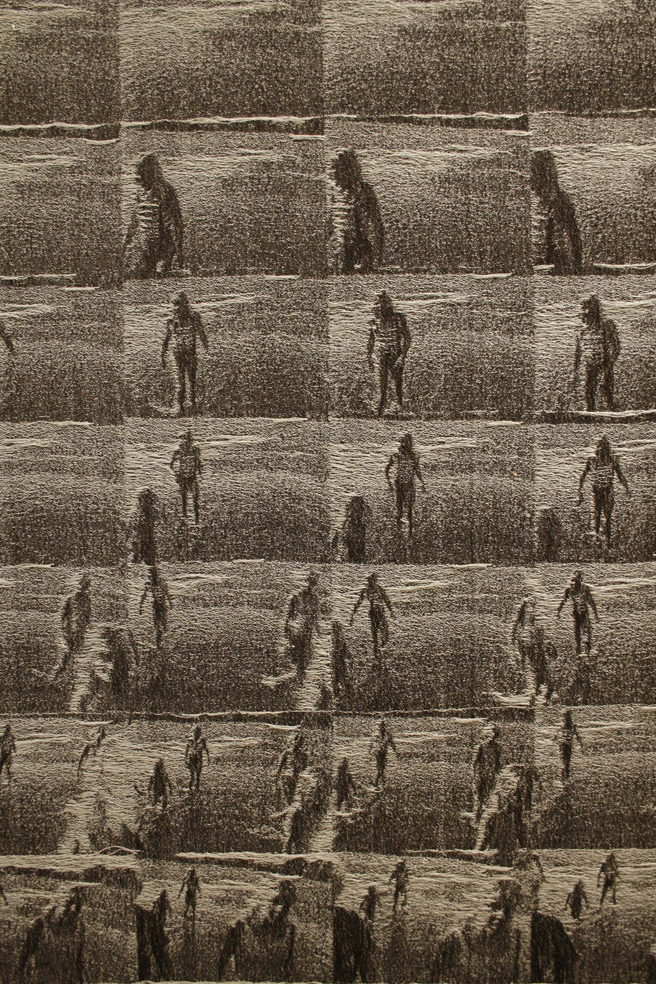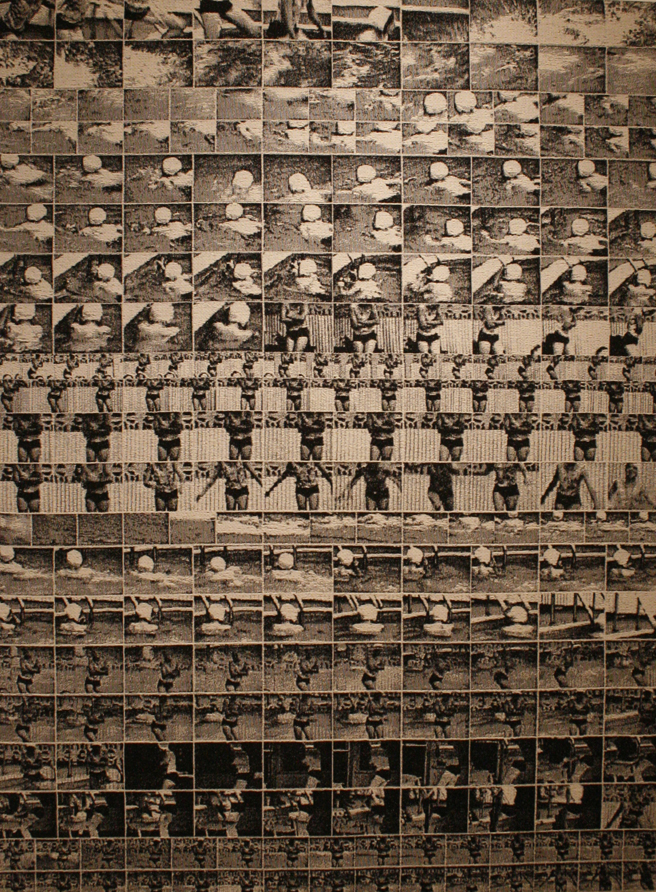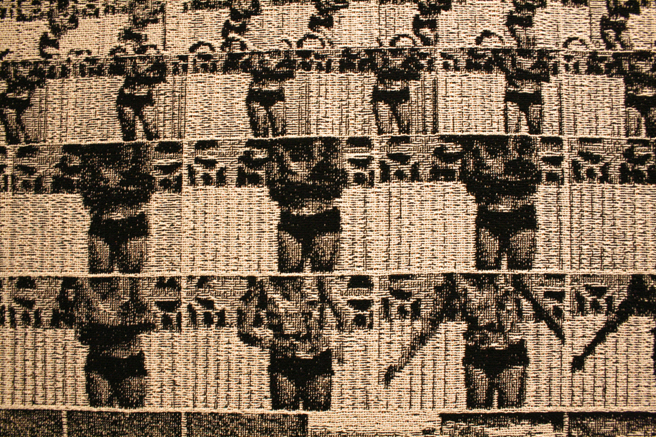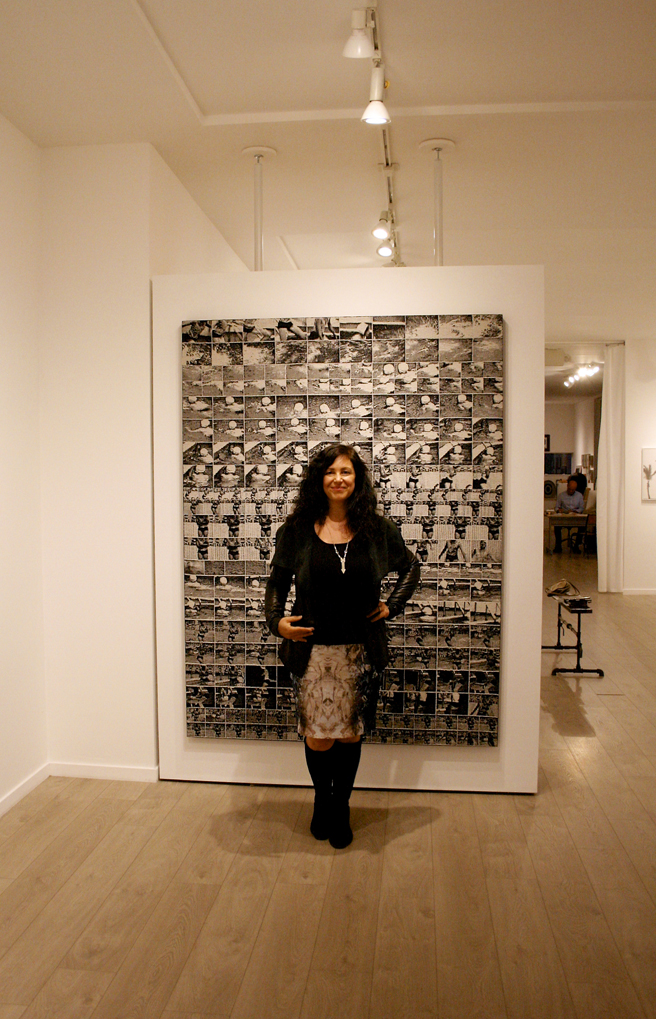I am delighted to share that I have completed my 50 paintings in 50 days for the Sanchez Art Center’s 50 : 50 Show, September 1 – October 1 in Pacifica, California! I was juried into this show of 60 Bay Area artists by San Francisco gallerist Jack Fischer, with the idea of to exploring albinism and leucism in our native flora ad fauna.
This show is a fundraiser for the center and I am offering my 6″ x 6″ oil and encaustic paintings for $150 (unframed), with a 10% discount for two. I will be uploading these images to my website portfolio (under Flora and Fauna) in the next few days, so if there is something you like, you are welcome to contact me for pre-sales. Advance tickets are recommended for the Preview Fundraiser (September 1 6-8 pm) as it often sold out and will be the only time to see the bodies of work in their entirety, at the public Open Reception which follows (8-9:30 pm) works will start coming off the walls and going home with new owners. Tickets can be ordered online through Eventbrite for $25 or at the door for $30.
This one, Anna’s Hummingbird II will be featured in a black floater frame at $175.
Here’s my Fade to White Artist Statement:
It’s so magical to see a ghostly white apparition in the forrest! I was overwhelmed the first time I saw an albino deer years ago at Pine Mountain Lake in Groveland and thrilled to witness a leucistic hummingbird at the UC Santa Cruz Arboretum a year ago! I am intrigued by the increasingly frequent reports of albinism and leucism in our native flora and fauna. Very rare in the wild, these white creatures stand out from their surroundings making it hard for them to be a predator and harder still to be prey. These genetic conditions carry other risks as well, including sensitivity to sunlight with a higher risk of skin cancer and weakened feathers in birds. Finding mates can also be more challenging. Plants without the chlorophyl fail to thrive and need to be associated with a green parent plant to grow. Interestingly, the case of albino redwoods, there is evidence that the albino shoots are actually processing toxins in the soil. With the expansion of human development, real wild spaces are shrinking and becoming disconnected, creating isolated gene pools which heighten the opportunities for recessive albinism and leucism to express where it might not in a more diverse gene pool. Animals like deer, squirrels and raccoons that can live close to humans benefit from increased predator protection and entire communities of leucistic and albino populations are popping up. Of course there are more people and cameras on the look out for these unique and beautiful creatures. In this series I have laid an encaustic veil over the oil painting of flora and fauna, at times inscribing lines of pigment, colors which has been lost. I see this veil as one that we are unintentionally drawing over our wildlife.



